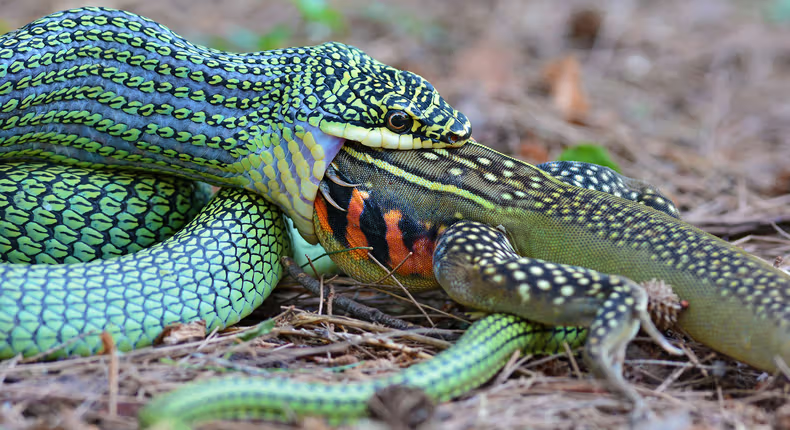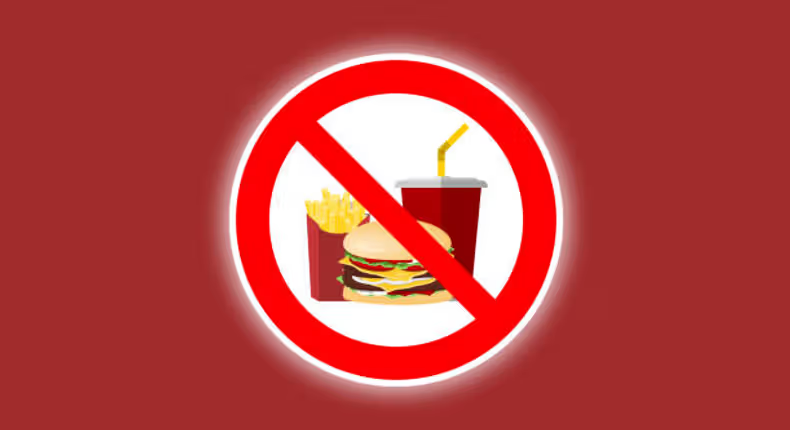How do snakes manage to swallow and digest animals that are bigger than their heads? Snakes are interesting creatures, especially when it comes to how they eat and digest their food. Unlike humans and many other animals, snakes don’t chew their food. They swallow their prey whole, which can include animals much larger than you might expect, such as deer, goats, and even crocodiles! ...Tap To Read The Full Story Here | ..Tap To Read The Full Story Here...
This ability leaves many people wondering: How do snakes digest such big animals without chewing them first? The process is slow and complex, but snakes are specially designed to handle it.
Let’s break it down.
Swallowing whole prey
The first thing to understand is how snakes manage to swallow animals much larger than their own heads. Snakes have flexible jaws that can open extremely wide. Their lower jaw is not fused to the skull like in humans, allowing each side of the jaw to move independently.
Snakes have flexible jaws that can open extremely wide [PetsonMomcom]
This helps the snake stretch its mouth around the prey and slowly push the animal down its throat. The skin and muscles around their bodies are also very flexible, which helps accommodate large prey.
Strong stomach acids
Once the snake has swallowed the animal whole, the real digestive process begins. Snakes have extremely strong stomach acids and enzymes that help break down the animal’s body. These acids are much stronger than what humans have and are powerful enough to digest bones, fur, and feathers.
Snakes have extremely strong stomach acid to break down prey [NBCNews]
The snake’s stomach produces large amounts of these acids after swallowing big prey, which allows it to digest the meal completely over time.
Slow digestion process
One key difference between snakes and other animals is that digestion in snakes takes a long time, especially when they eat large prey. After swallowing a big animal, a snake might not eat again for weeks or even months. The snake’s body slows down during digestion to conserve energy. While digestion starts in the stomach, it can take several days or weeks for the snake to fully break down and absorb the nutrients from its meal. Smaller prey takes less time to digest, but larger animals can require up to several weeks to be fully processed.
Absorbing nutrients efficiently
Snakes are incredibly efficient at absorbing nutrients from their food. Almost every part of the prey is digested, with very little waste left over. Bones, fur, and feathers are broken down by stomach acids, and the snake’s intestines absorb most of the nutrients. What remains after digestion is usually expelled as waste, but compared to many animals, snakes produce very little waste because their bodies extract nearly everything they can from the meal.
Adapting to large meals
Snakes’ bodies go through significant changes when they eat large meals. After eating, the snake’s metabolism increases dramatically to speed up digestion. In fact, the size of a snake’s organs, including its heart and intestines, can temporarily grow during digestion to handle the large amount of food. This allows the snake to process the meal more efficiently. Once the food is fully digested, the snake’s organs return to their normal size.…For More READ THE FULL STORY ▶



